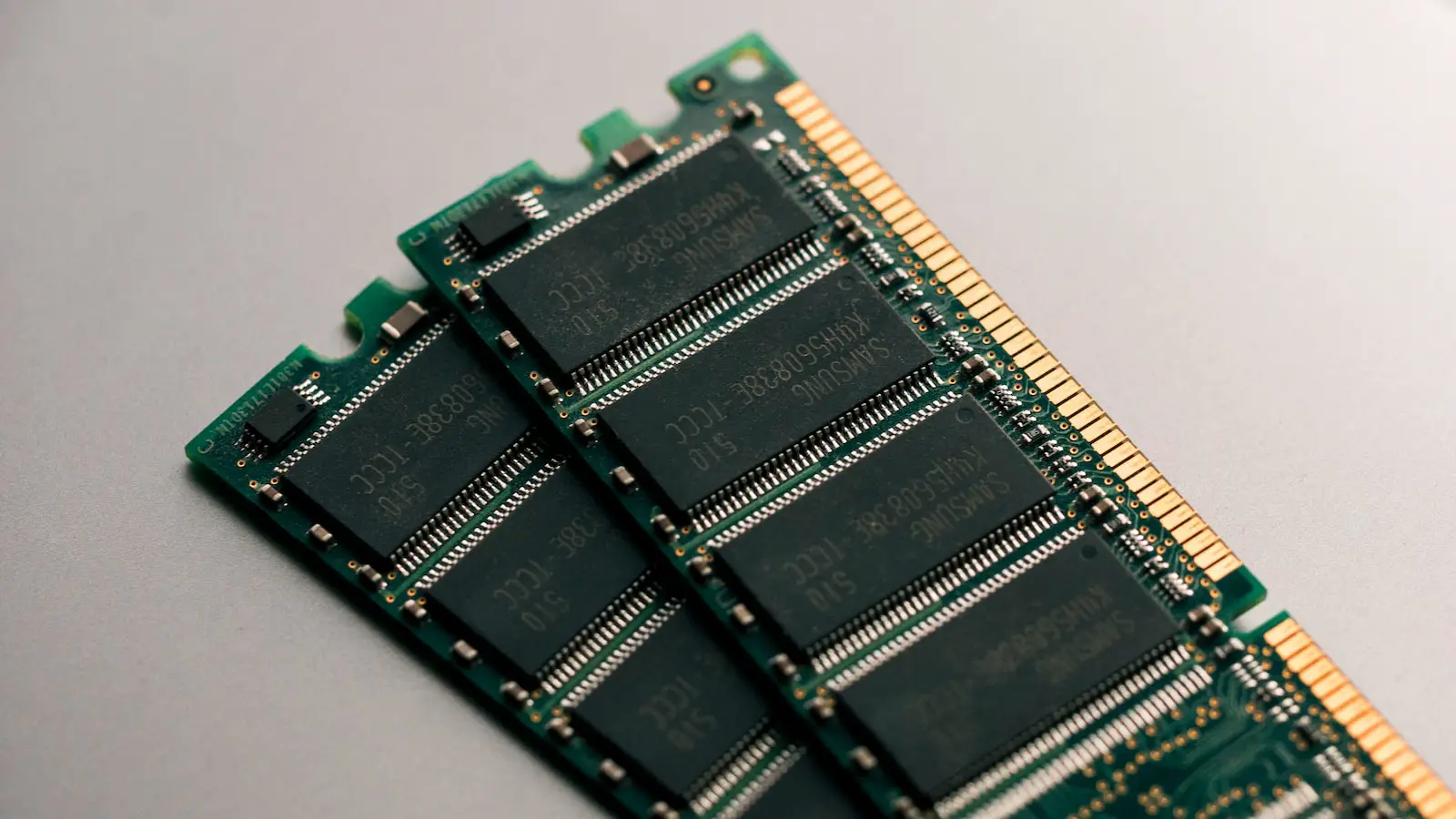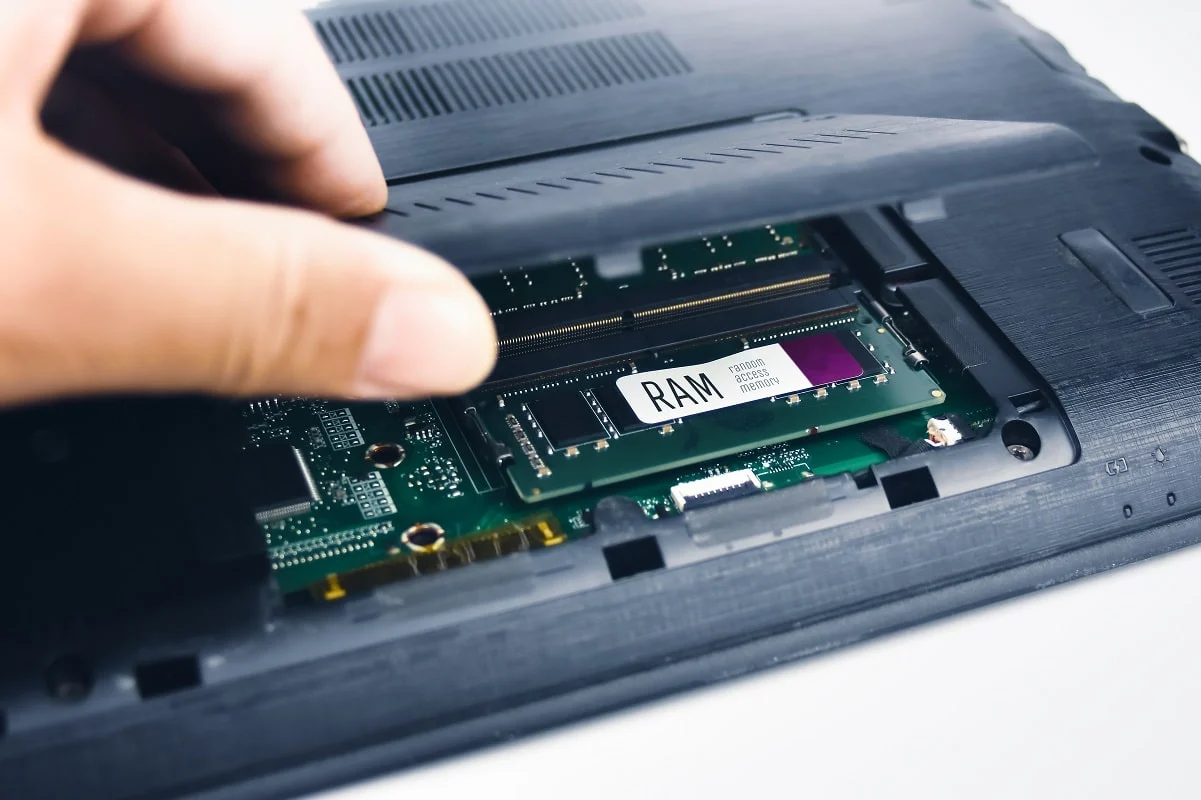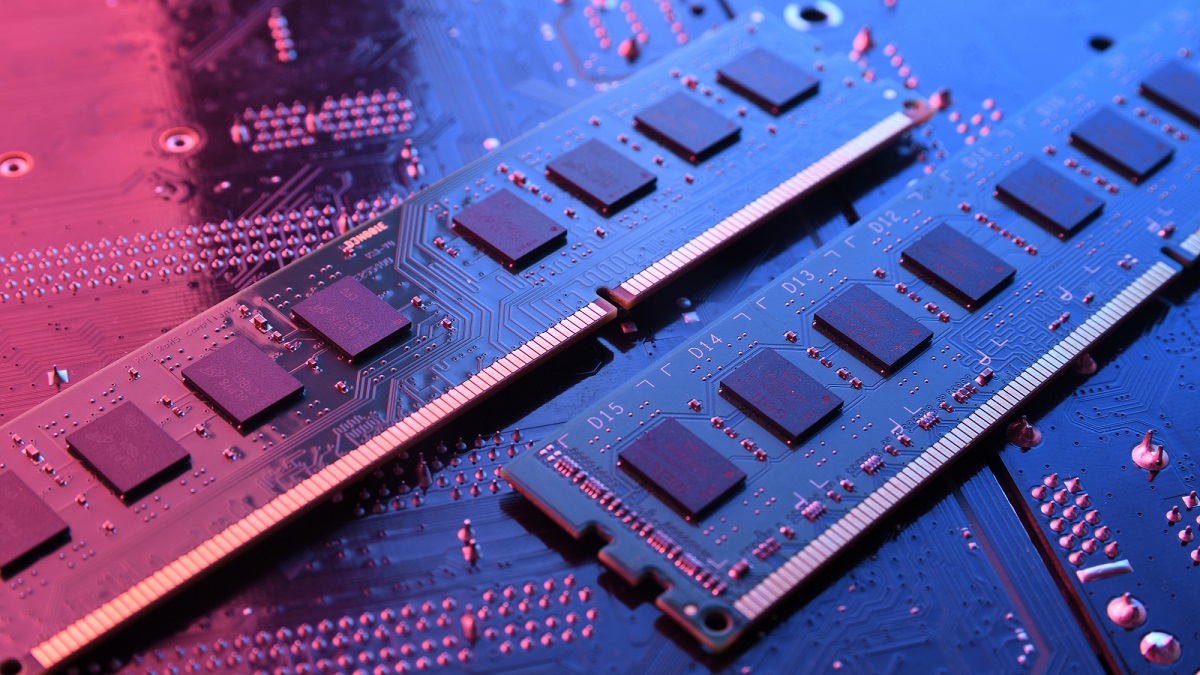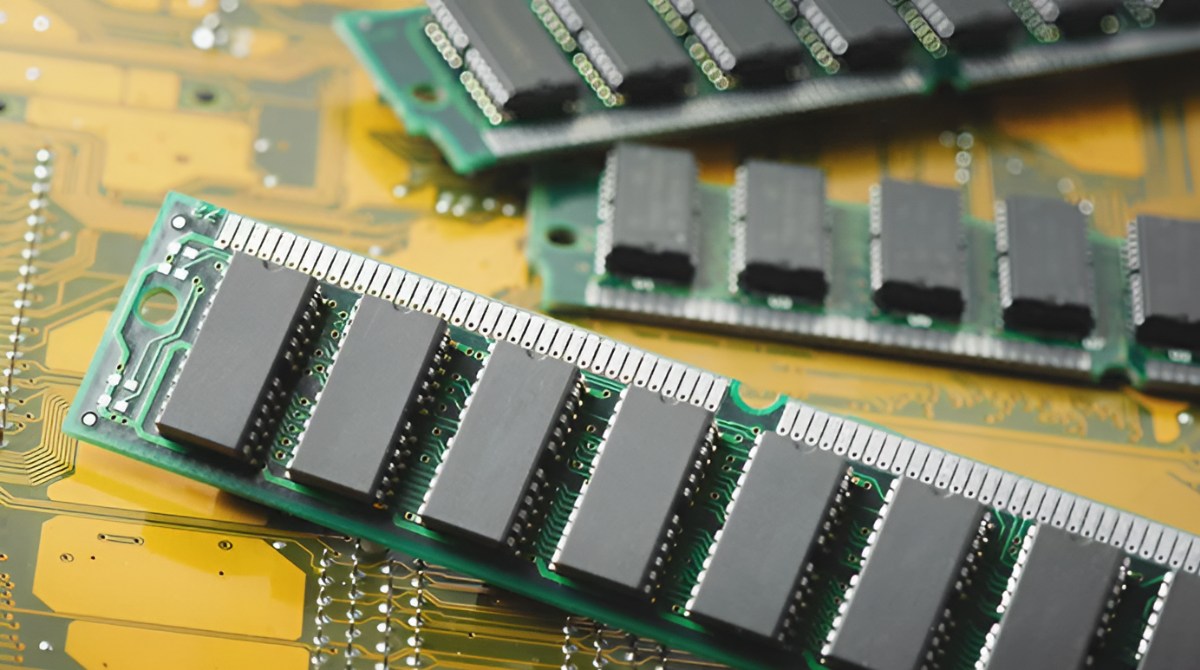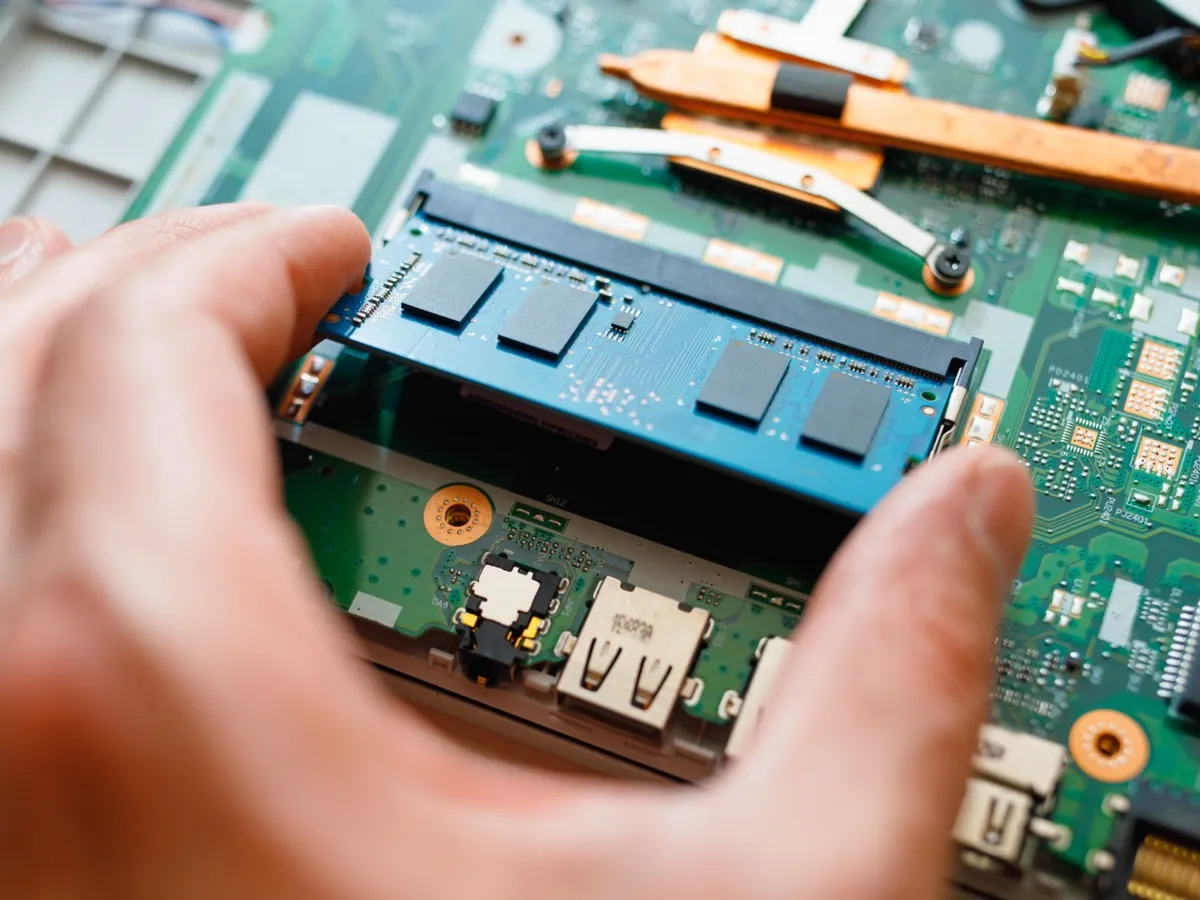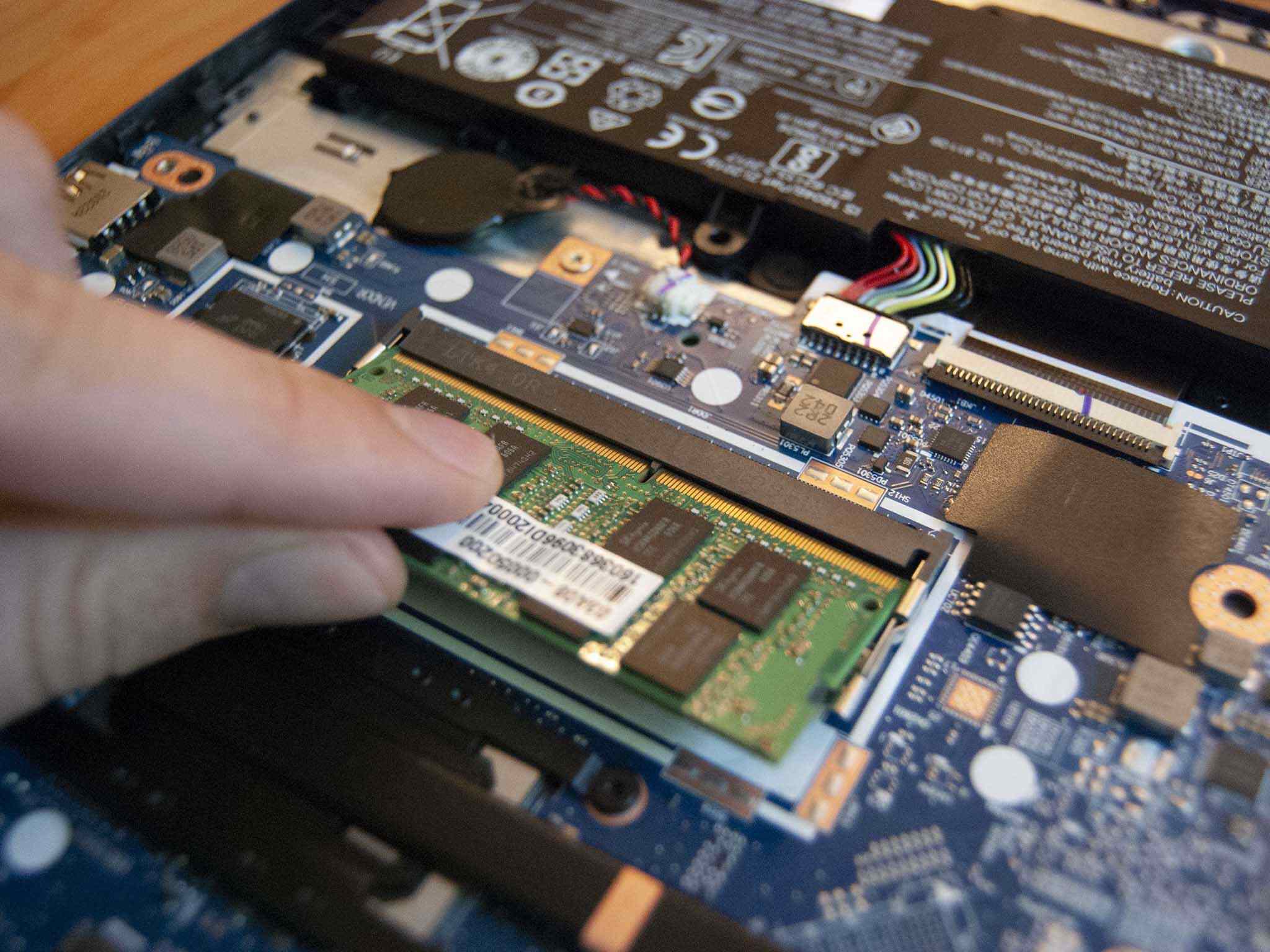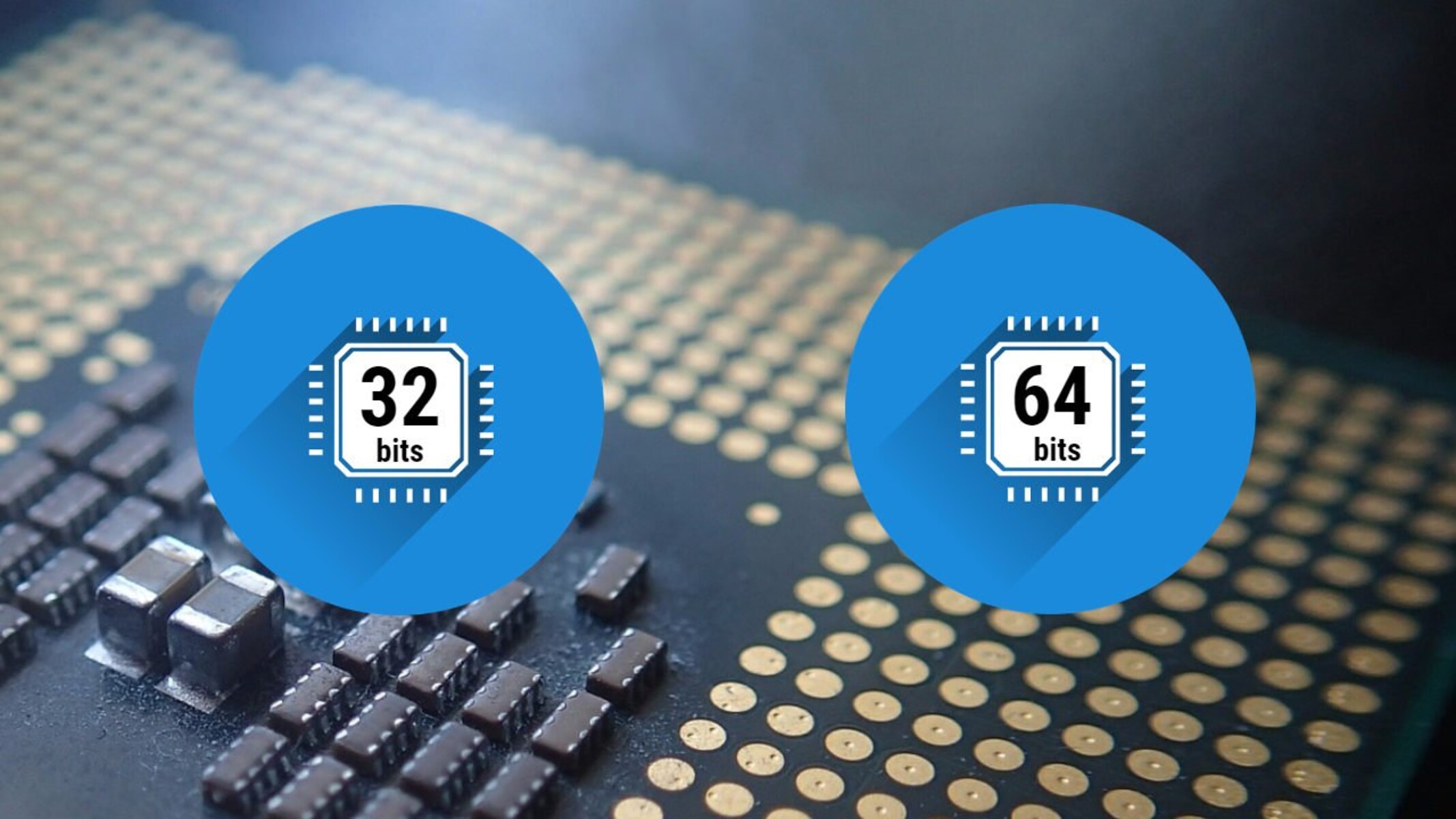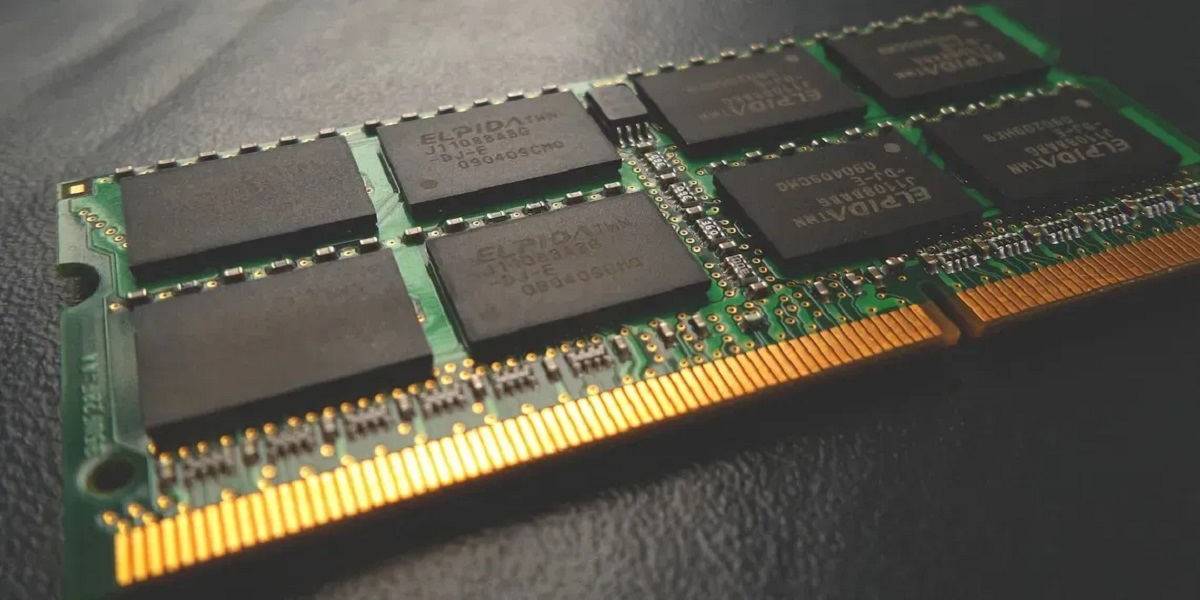Introduction
Welcome to the world of software development, where innovation and creativity come together to shape the digital landscape. From web applications to mobile apps, software developers play a crucial role in building and maintaining the technology we rely on. However, in order to excel in this field, developers need the right tools and resources at their disposal.
One such important resource is RAM, or Random Access Memory. RAM is a key component of any computer system and plays a vital role in software development. It acts as a temporary storage space for data, allowing the computer to quickly access and manipulate information. As a developer, having sufficient RAM is essential for optimizing your productivity and ensuring smooth functioning of your development environment.
RAM not only influences the speed and performance of your computer, but also impacts the efficiency of your development workflow. Insufficient RAM can lead to slow software compilation, frequent crashes, and overall frustration. On the other hand, having adequate RAM can enhance your coding experience, minimize downtime, and ultimately boost your productivity.
In this article, we will explore the importance of RAM in software development and provide guidance on choosing the right amount of RAM for your specific needs. We will also delve into the minimum RAM requirements for different development environments, recommend optimal RAM configurations, and offer tips on maximizing RAM usage for efficient development. Additionally, we will address common RAM issues that developers often encounter and provide strategies to handle them effectively.
Whether you are a seasoned software developer or just starting out in the field, understanding the role of RAM in software development is crucial for a smooth and productive coding experience. So, let’s dive in and explore the fascinating world of RAM in the context of software development!
Importance of RAM in Software Development
RAM plays a critical role in software development, impacting both the speed and efficiency of the development process. Here are some key reasons why RAM is important for developers:
- Improved Performance: RAM allows your computer to handle multiple tasks simultaneously, providing faster response times and smoother performance. When working with resource-intensive development tools, such as integrated development environments (IDEs), having ample RAM ensures that these tools run smoothly and without lag, leading to a more efficient coding experience.
- Efficient Compilation: Compiling large codebases can be a time-consuming process, especially when dealing with complex projects. Sufficient RAM enables faster compilation times, allowing developers to iterate quickly and see the results of their code changes in real-time. This not only saves valuable time but also enhances productivity and accelerates the software development lifecycle.
- Effective Multitasking: Software development often involves juggling multiple tasks simultaneously, such as running virtual machines, testing environments, and debugging tools. Having enough RAM ensures that these processes can run concurrently without significant slowdowns. This enables developers to switch between tasks seamlessly and reduces the likelihood of system crashes or freezes.
- Smooth Running of Development Environments: Development environments, such as IDEs and code editors, rely heavily on RAM to provide a responsive and glitch-free user experience. With ample RAM, developers can open large code files, run complex queries, and perform resource-intensive tasks without encountering performance bottlenecks. This allows for a more streamlined and productive coding environment.
- Optimized Virtualization: Virtualization technologies, such as running virtual machines for testing different operating systems or server configurations, require significant amounts of RAM. Insufficient RAM can result in sluggish virtual machine performance or even failure to run. By ensuring an adequate amount of RAM, developers can maximize the benefits of virtualization for software testing and deployment scenarios.
In summary, RAM is a vital resource for software developers. It enhances performance, enables efficient compilation, facilitates multitasking, ensures smooth running of development environments, and optimizes virtualization capabilities. By investing in sufficient RAM, developers can enhance their productivity, minimize downtime, and create high-quality software applications with ease.
Factors to Consider when Choosing RAM for Software Development
Choosing the right amount of RAM for software development is crucial for ensuring optimal performance and productivity. Here are some key factors to consider when selecting RAM for your development setup:
- Development Environment: Different development environments have varying RAM requirements. IDEs, code editors, virtual machines, and other tools may have specific recommendations for RAM allocation. Take into account the memory requirements of your preferred development environment and ensure that your RAM configuration meets or exceeds those recommendations.
- Project Complexity: The complexity of your software projects will directly impact the amount of RAM required. Larger codebases, multiple integrated libraries, and resource-intensive tasks like compiling, testing, and debugging will all increase the demand for RAM. Consider the size and complexity of your projects and allocate sufficient RAM to handle the workload effectively.
- Multitasking Requirements: If you often find yourself juggling multiple tasks simultaneously, such as running virtual machines, performing database queries, or running resource-intensive tools, you will need more RAM to support these activities. Ensure that your RAM capacity can handle the demands of multitasking without causing system slowdowns or crashes.
- Scalability: Consider future scalability when choosing your RAM configuration. As your software projects grow in complexity and size, the demand for RAM may also increase. Opting for a RAM configuration that allows for easy expansion or upgrading will save you from the hassle of replacing modules or purchasing an entirely new system down the line.
- Budget Constraints: While it’s important to invest in sufficient RAM for your development needs, budget constraints may limit your options. Evaluate your budget and prioritize the allocation of funds based on your specific requirements. Consider striking a balance between performance and cost-effectiveness to ensure that you get the most value out of your RAM investment.
By carefully considering these factors, you can make an informed decision when choosing RAM for software development. Remember that the right amount of RAM will vary depending on your specific requirements and projects. It’s always better to err on the side of caution and allocate more RAM than you think you may need, as having extra memory will only enhance your development experience.
Next, let’s explore the minimum RAM requirements for different development environments, so you can have a baseline to work with when configuring your system.
Minimum RAM Requirements for Different Development Environments
Each development environment has specific minimum RAM requirements to ensure smooth functionality. While these requirements may vary based on factors such as the IDE or programming language used, here are some general guidelines for minimum RAM requirements in different development environments:
- Web Development: For web development, a minimum of 8GB of RAM is recommended. This is because web development often involves running a web server, database server, and code editor simultaneously. Managing multiple browser tabs, running build processes, and performing CSS pre-processing can also require extra memory.
- Mobile App Development: Mobile app development typically requires more RAM due to the use of emulators, simulators, and memory-intensive SDKs. A minimum of 16GB of RAM is recommended to handle the demands of emulating different devices, compiling code, and running resource-intensive app testing and debugging tools.
- Game Development: Game development can be highly resource-intensive, especially when working with complex 3D graphics and physics engines. A minimum of 16GB of RAM is generally recommended for smooth game development. Projects involving advanced rendering techniques or large game worlds may require even more RAM.
- Data Science and Machine Learning: Data science and machine learning projects often involve processing large datasets and training complex models. To handle these tasks efficiently, a minimum of 16GB to 32GB of RAM is typically recommended. However, for more extensive workloads, such as deep learning, 64GB or more may be necessary.
- Enterprise Development: Enterprise-level development projects, which involve handling large-scale applications and databases, require substantial amounts of RAM. A minimum of 16GB to 32GB or more is generally recommended to accommodate the complexity and scale of enterprise development environments.
These minimum RAM requirements provide a starting point for configuring your development system. However, keep in mind that these are just guidelines and the actual amount of RAM you need may vary depending on the specific requirements of your projects and the resources you use.
Now that we’ve explored the minimum RAM requirements, let’s move on to the recommended RAM configurations for different development environments.
Recommended RAM for Different Development Environments
When it comes to optimizing your development environment, having an adequate amount of RAM is crucial. While the minimum RAM requirements may provide a baseline, here are the recommended RAM configurations for different development environments:
- Web Development: For smooth web development, it is recommended to have at least 16GB of RAM. This allows you to comfortably run a web server, database server, code editor, and a web browser with multiple tabs open. Additionally, it provides headroom for running build processes and utilizing CSS preprocessors effectively.
- Mobile App Development: Mobile app development can be memory-intensive, especially when using emulators or simulators to test different device configurations. A recommended RAM configuration for mobile app development is 32GB. This ensures seamless performance when running emulators, compiling code, and using resource-heavy app testing and debugging tools.
- Game Development: Game development requires substantial resources, especially for handling complex 3D graphics and physics simulations. It is recommended to have a minimum of 32GB of RAM. This provides enough memory for running rendering engines, managing assets, and handling the demands of virtual world creation.
- Data Science and Machine Learning: Data science and machine learning projects involve manipulating large datasets and training complex models. To facilitate these tasks efficiently, a recommended RAM configuration is 64GB or higher. Having abundant memory allows for faster data processing, smoother model training, and the ability to experiment with larger datasets.
- Enterprise Development: Enterprise-level development often involves working with large-scale applications and handling substantial amounts of data. For such projects, it is recommended to have a minimum of 32GB to 64GB of RAM. This ensures smooth handling of complex codebases, databases, and multiple development tools simultaneously.
These recommended RAM configurations provide a solid foundation for your development setup. However, keep in mind that the specific requirements may vary depending on the size and complexity of your projects, as well as the tools and frameworks you use. Assess your development needs and strike a balance between performance and cost when selecting your RAM configuration.
Now that we have explored the recommended RAM configurations, let’s move on to the next section: maximizing RAM usage for efficient development.
How to Maximize RAM Usage for Efficient Development
In order to optimize your software development process, it’s important to maximize the usage of your RAM. Here are some effective strategies to ensure efficient utilization of RAM during development:
- Close Unnecessary Applications: Before starting your development tasks, close any unused applications and background processes that may consume valuable RAM. This includes web browsers, communication tools, and other non-essential software. By freeing up RAM, you provide more resources for your development environment.
- Optimize IDE and Code Editors: IDEs and code editors can be memory-intensive. Adjust the settings of your IDE or code editor to limit unnecessary features and plugins that might consume additional RAM. Disabling live previews, code linting, or auto-complete features when not in use can help reduce RAM usage without sacrificing productivity.
- Use Efficient Data Structures: When working with large datasets or complex data structures, choose efficient data structures that minimize RAM usage. Use data compression techniques, efficient algorithms, and optimize your code to reduce unnecessary memory allocations and improve overall performance.
- Regularly Minimize Memory Leaks: Memory leaks can occur when resources are not released properly, leading to wasteful consumption of RAM. Pay attention to memory management, especially when working with dynamically allocated memory or resource-intensive operations. Be sure to deallocate resources and close files or connections when they are no longer needed.
- Utilize Virtual Environments: Use virtual environments or containers to isolate your development environment. Virtualization allows for efficient use of resources by creating separate instances with only the necessary dependencies and tools. This helps conserve RAM by avoiding unnecessary duplication and reducing conflicts between different projects.
- Consider RAM Disk: A RAM disk is a portion of your RAM that is treated as a hard drive. By utilizing a RAM disk, you can store temporary files, caches, or frequently accessed data in a faster and more responsive manner than traditional storage devices. This can significantly improve the performance of your development environment.
By following these strategies, you can maximize the usage of your RAM and ensure a more efficient software development experience. Remember that efficient RAM utilization is not only about the amount of RAM you have, but also about how effectively you manage and optimize its usage in your development workflow.
Next, let’s address common RAM issues that developers often encounter and explore how to handle them effectively.
Common RAM Issues and How to Handle Them
While RAM is an essential resource for software development, developers may encounter certain issues related to its usage. Here are some common RAM issues and effective strategies to handle them:
- Insufficient RAM: One common issue is running out of available RAM, which can result in slow performance and crashes. To address this, close any unnecessary applications and background processes that are consuming RAM. Consider upgrading your RAM capacity if it frequently becomes a limiting factor in your development workflow.
- Memory Leaks: Memory leaks occur when resources are not properly released, leading to wasteful consumption of RAM. Regularly audit your code for memory leaks, especially when dealing with dynamically allocated memory. Use proper programming practices, such as deallocating resources and minimizing unnecessary memory allocations, to avoid memory leaks.
- Swapping and Disk Thrashing: When the available RAM is insufficient, the operating system may use virtual memory (disk space) as a temporary storage for data. This process, known as swapping, can lead to disk thrashing, where the system spends more time accessing the disk than performing computational tasks. To avoid this, ensure you have sufficient RAM to handle the workload of your development environment.
- Fragmentation: Fragmentation occurs when free memory becomes scattered, leading to inefficient memory utilization. Regularly defragment your hard drive to optimize memory allocation and improve RAM performance. Additionally, consider using a solid-state drive (SSD) instead of a traditional hard drive, as SSDs often provide faster access to data and contribute to better overall system performance.
- Inefficient Resource Management: Inefficient resource management can lead to excessive RAM usage. Ensure that your code releases resources promptly when they are no longer needed. Close database connections, free allocated memory, and release file handles appropriately to prevent unnecessary memory allocation and improve overall efficiency.
- Inadequate RAM Configuration: Having an inadequate RAM configuration for your development tasks can lead to suboptimal performance. Assess the specific requirements of your projects and scale up your RAM capacity if needed. Upgrade to a higher RAM configuration that fits your budget to improve the performance and efficiency of your development environment.
By understanding and addressing these common RAM issues, you can ensure a more effective and efficient software development experience. Regularly monitor your RAM usage, optimize your code for efficient memory management, and upgrade your RAM configuration when necessary to overcome these challenges. With proper handling, RAM-related issues can be minimized, allowing you to focus on creating high-quality software with ease.
Now, let’s wrap up our exploration of RAM in software development.
Conclusion
RAM is a critical component in software development, impacting both the performance and efficiency of the development process. By understanding the importance of RAM, considering the factors when choosing RAM, and optimizing its usage, developers can enhance their productivity and create high-quality software more efficiently.
We explored the significance of RAM in software development, highlighting its role in improving performance, efficient compilation, multitasking, and smooth running of development environments. We also discussed the factors to consider when choosing RAM, such as the development environment, project complexity, multitasking requirements, scalability, and budget constraints.
Furthermore, we provided guidelines on the minimum RAM requirements and recommended RAM configurations for various development environments, including web development, mobile app development, game development, data science, and enterprise development.
Additionally, we shared strategies on how developers can maximize RAM usage for efficient development, such as closing unnecessary applications, optimizing IDE and code editors, utilizing efficient data structures, minimizing memory leaks, utilizing virtual environments, and considering the use of RAM disk.
We also addressed common RAM issues that developers may encounter, including insufficient RAM, memory leaks, swapping and disk thrashing, fragmentation, inefficient resource management, and inadequate RAM configuration. Effective ways to handle these issues were discussed to ensure a smoother development experience.
In conclusion, understanding the role of RAM in software development and making informed decisions about RAM allocation can significantly optimize the development process. By maximizing RAM usage and addressing potential issues, developers can enhance productivity, reduce downtime, and create high-performance software applications. Remember to regularly assess your development needs and adapt your RAM configuration accordingly, ensuring that you have the right amount of memory to support your projects effectively.







